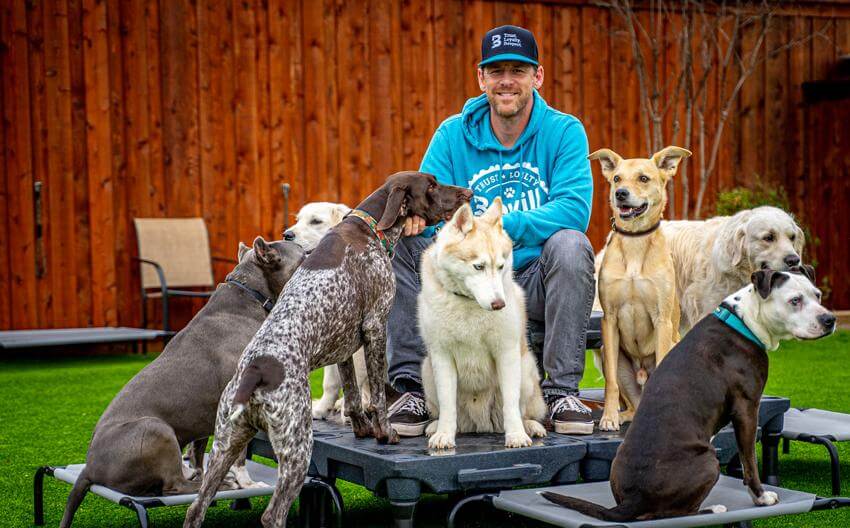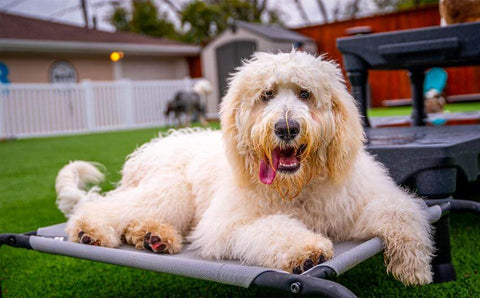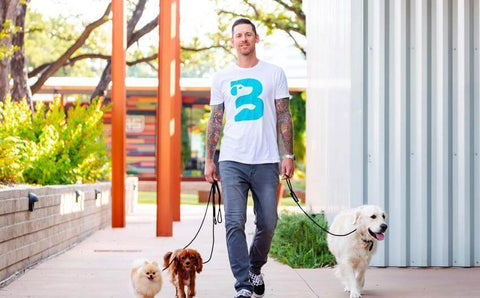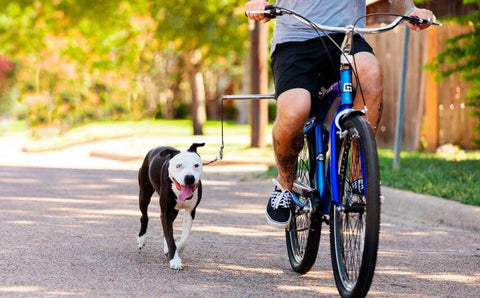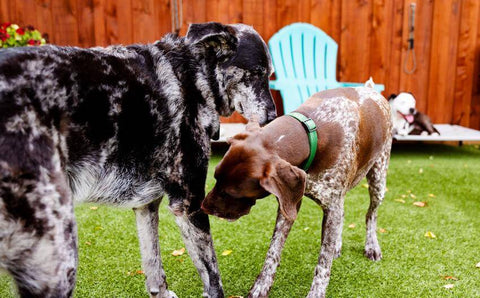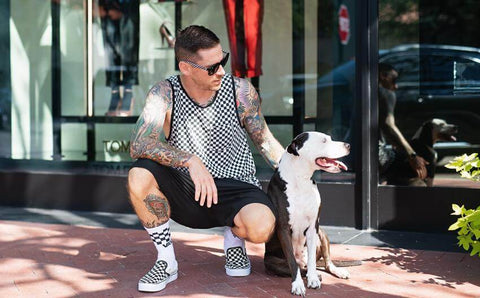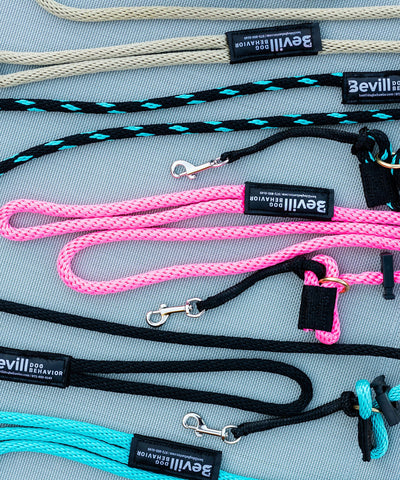Hello and welcome back to our Dog Behavior 101 Series!
In this ongoing series we will be walking you through the basics of dog behavior so you can better understand:
- How a happy dog looks
- How a dog’s mind works
- How to communicate with our beloved pets
...and much more! This is your starting point for a happier, more balanced human-dog relationship. We’re so happy you’re here!
Today we’re continuing our discussion about what we’re looking for in a well-behaved dog.
Picking up where we left off. You’ll recall that in a balanced human-dog relationship, a trained dog looks to us for direction and they regularly respond to our direction in a positive manner. A dog won’t look for direction or respond to our requests unless they:
- are fulfilled as animal-dog-breed
- trust our ability to direct and protect
- know all good things come from us
To better understand fulfillment, it’s important to acknowledge that humans and dogs are very different creatures, with very different needs. They are not our babies and they do NOT understand how the human mind works. Nor do they understand much about how our world works. Dogs are dogs and we must honor them as such. If we want our dogs to be happy in the human world (which is a confusing place for our dogs to begin with) we need to make sure they are fulfilled and balanced. We must view and fulfill them in this order:
- Animal
- Species
- Breed
- And then you EARN a “Family Pet”
A dog is a dog, and we must fulfill their instinctual/animal needs first. That means understanding that energy is everything and survival/safety is everything else! Believe it or not, our dogs wake up every morning and simply want to survive. The more trust they have in us and the environment we create for them, the less this will become a focus/fixation.
We also must fulfill their physical and mental needs in animal, species, breed appropriate ways.
Next, we must communicate in a way that our dogs understand on an instinctual level. Hint-this means more energy and body language and less spoken words (dogs don’t speak human).
Dog behavior involves understanding how a dog’s mind works and what drives their decision-making process – viewing the world through their nose, eyes, and ears. This way we modify unwanted behaviors by truly understanding how they think, how they feel, how they communicate, and what they need.
The more time and effort you spend on the human/dog relationship the more a-ha moments you’ll find yourself having. Many of these ideas and concepts might sound strange now, but they start to become second nature after continuous practice. A few of our so-called golden rules are:
- We only reward a calm, connected, follower state-of-mind
- We create new, healthy associations
- We teach the dogs “impulse control” or patience
- We make the human the source of “all good things”
In a nutshell, we can teach a dog to follow its leader, but we can’t teach it not to need one. So, our focus is primarily on making humans better leaders for their dogs. We teach the owners leadership skills that dogs connect to and follow by instinct. Once you understand and accept your role as the leader, everything begins to change. This is the groundwork for trust, loyalty and respect.
From this foundation, we then teach our dogs to live in a calm, connected, follower state-of-mind – looking to their human for direction. Finally, we modify our dog’s negative associations and thus, the related behaviors. This isn’t a “one and done” deal, it’s a lifetime commitment. We give you the education and tools you need to maintain a harmonious home but it’s up to you to follow through. You must work on species-specific fulfillment (this means more walks and less “free time”) and clear consistent communication. With practice you will become the calm, confident leader your dog needs to feel relaxed, balanced, and happy.
We first meet our responsibility as dog owners by truly understanding the animal we own and fulfilling them and honoring them for the animal they are. If you take away one thing today let it be this: dogs and humans have different needs. As the leader, we can make sure our dog’s needs are fulfilled. What a gift to be able to provide that for our beloved family pets!
<< Previous Article: Introduction: Part OneNext Article: What Are Our Dogs Thinking? >>

